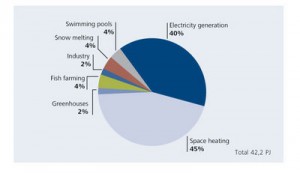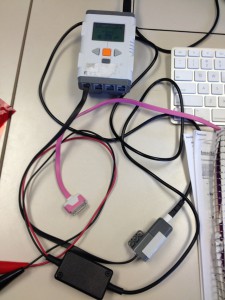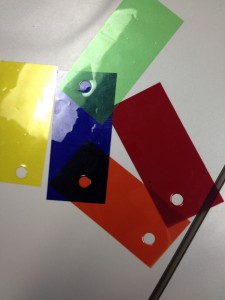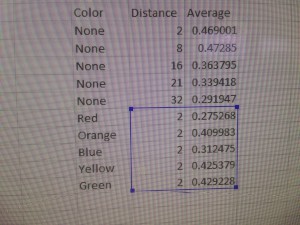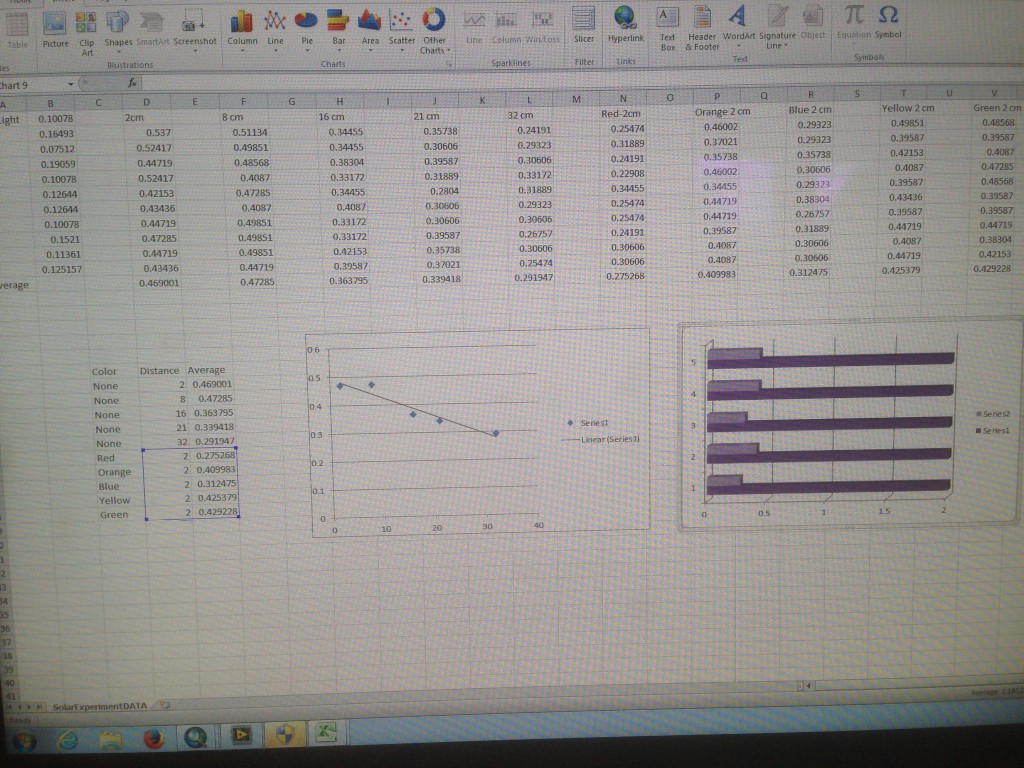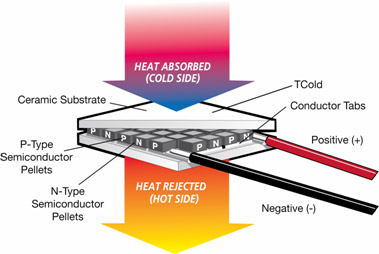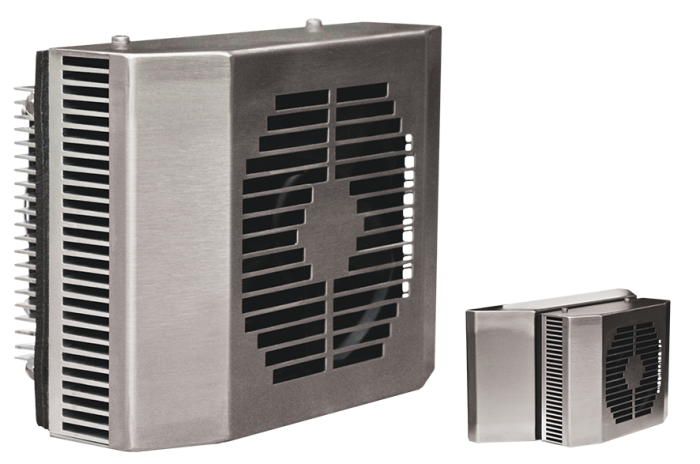Throughout the process of designing and developing our own experiment for the rest of the class to perform, we encountered a variety of problems and discovered that creating a unique experiment, was going to be more difficult then we could have imagined.
We knew that we wanted to incorporate the idea of solar energy into the experiment, so deciding our approach was relatively simple. However, figuring out the necessary steps to bring our thoughts into motion proved to be the problem. We purchased 2 solar panels off of Amazon.com, and several materials from Radioshack to assist in our procedure. We wanted to see if light reflecting upon a solar panel could in turn create energy to light a 2.4 volt lightbulb, and transfer energy to another lightbulb…those creating a chain so to speak. We didn’t predict that we would have to charge the solar panels, so that brought up much frustration because we thought our experiment would not work. However, we put our heads together and came up with the idea that a rechargeable battery could provide a necessary link between the bulb, and the solar panel–providing a means to charge the solar panel–which enabled the light to function.
Below is are Experimental Procedure:
Abstract:
In this experiment, we attempt to measure the efficiency in energy transfer using 2 power generators. In this case, the energy is expressed in different forms from generation point to end point. The experiment aims to see that the voltage stored into and then generated would be the same as the voltage measured when transferred into the light source
Principle:
Equipment:
- Two solar panel (6v)
- Two 2.5 light bulbs
- 2 lightbulb container
- Multimeter
- Card board cover
- 4 Rechargeable Batteries (1.25v 1000mAh)
- Battery holders
- Tape
Experimental procedure:
- On circuit one, open the flap on the cover and make sure the light bulb is lit
- Take the multimeter and attach the black lead to the black wire from the batteries, and the red lead to the red wire from the batteries.
- Record voltage output of the generator
- Record the displayed voltage
- Repeat steps 2 to 5 for the second circuit.
Questions:
- Measure the volt in both solar circuit and compare them. Provide a hypothesis for why they might be different
- Measure the current of a circuit by the multimeter then calculate the voltage? (ohm’s law)
- Find the percent error with the calculated solutions compared to the actual voltage measured with the multimeter
- Now take a look at the voltages coming from the batteries and use it to find the percent error with the measured voltages.
- Hypothesize why there is a difference between the two.
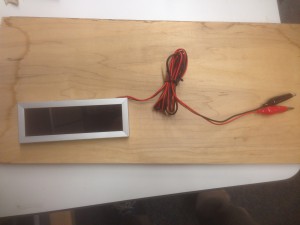 —-Picture of the solar panel used throughout the experiment.
—-Picture of the solar panel used throughout the experiment.
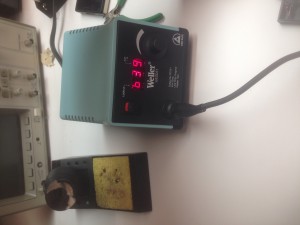 —We opted to saucer the wire, to make a more firm connection.
—We opted to saucer the wire, to make a more firm connection.
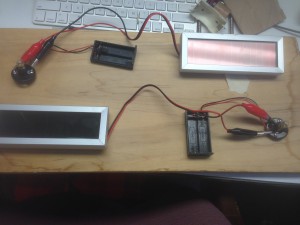 —-This image shows the experiment at work.
—-This image shows the experiment at work.
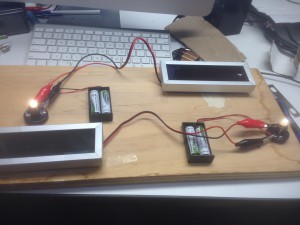 —Batteries included with functioning light w/solar panels.
—Batteries included with functioning light w/solar panels.
By: Noor, Connor, & Kurt




















